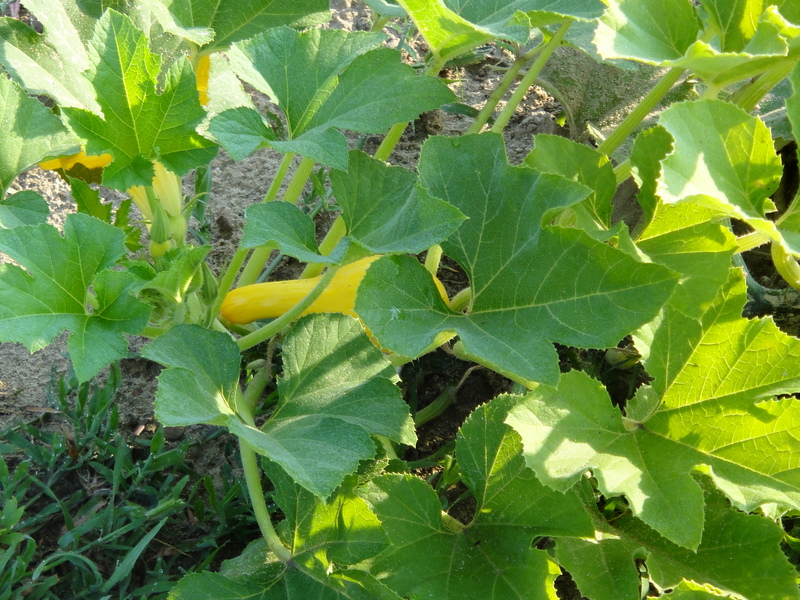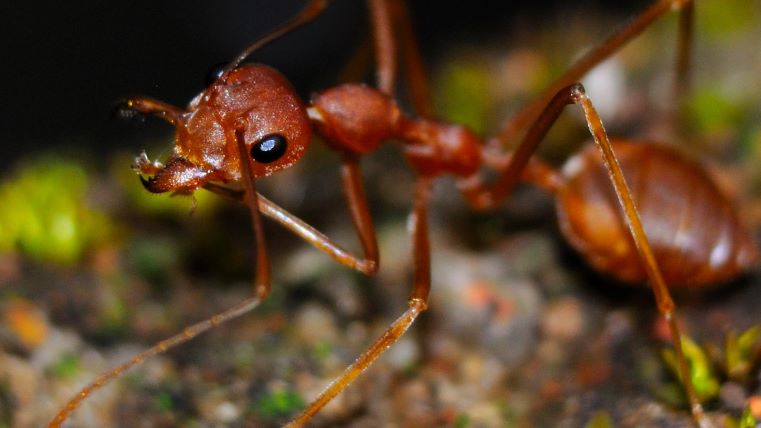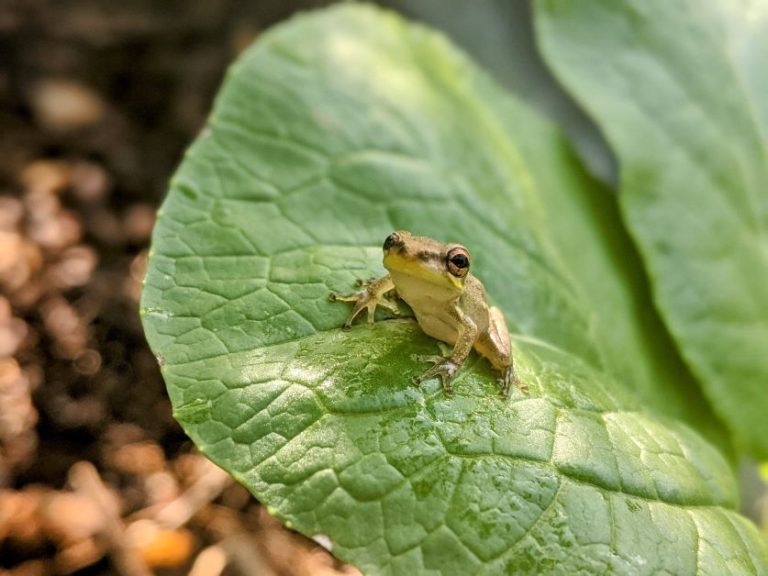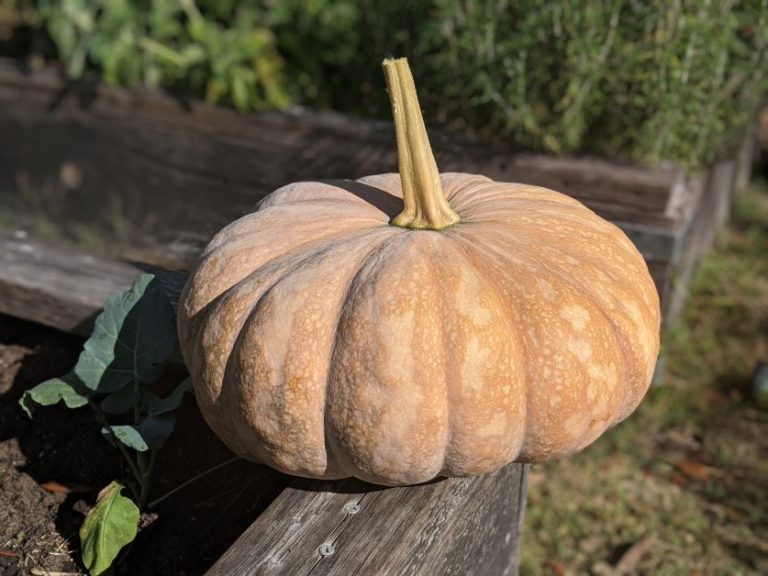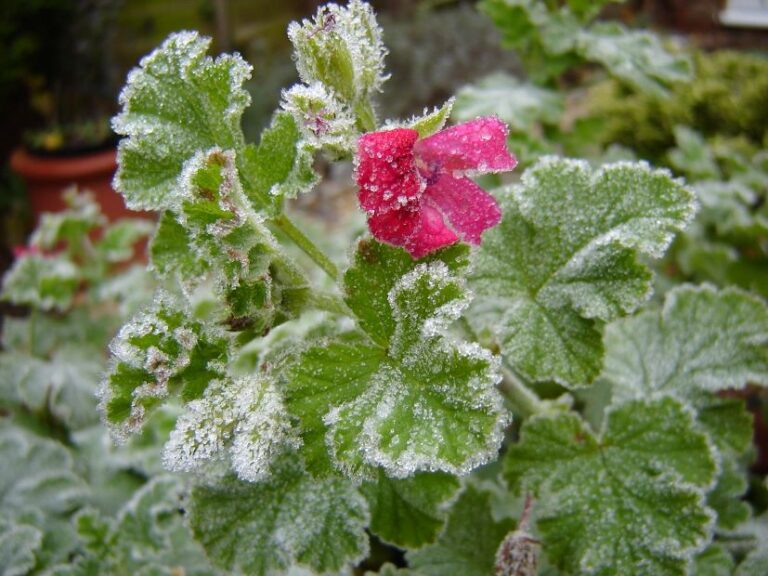Why Is My Squash Plant Wilting?
Some plants are drama queens, and squash is one of them. If they are even just mildly unhappy, they’ll let you know. So, don’t worry — just because your squash plant is wilting doesn’t mean that it’s dying. There are a few reasons why your squash plant is wilting and although 1 or 2 can be deadly, most of them are easy fixes. If you’ve ever asked yourself “Why is my squash plant wilting,” this article is for you.
Squash plant wilting in sun
Squash plants are at their most beautiful in the early morning. Their leaves are perky, their color is vibrant, and their vines are strong. In the afternoon when the sun is hot and high, however, your squash may look straight up dead. This dramatic transformation from thriving to dying is due to moisture loss in will probably wilt (and that’s ok). Squash leaves are big and flat and they lose water when the sun is very bright. This moisture loss causes the squash leaves to wilt.
Midday wilting is natural and usually, you won’t need to water your squash in the afternoon because it’s wilting. A healthy and adequately watered squash plant should perk back up once the sun starts to set. Check your squash at the end of the day and if it still looks like it’s dry, then water your plant at the base.
How much water does squash need?
Squash needs 1-2 inches of water every week, more if it’s especially hot and sunny.
Squash plant wilting after transplant
Kabocha squash, Seminole pumpkins, tigger melons, zucchinis, suyo long cucumbers, and other members of the Cucurbita family have fragile root systems and are susceptible to transplant shock. If you’re going to grow squash as a transplant, it’s important to plant your seedlings into their permanent home before they grow too big.
Ideally, you should transplant squash after they have 2 to 4 true leaves. True leaves form after the cotyledons do. Cotyledons, also known as seed leaves, are the very first 2 leaves that grow after seed germination. Cotyledons help bring nutrition to the seed to kickstart its growth. Don’t count the cotyledons when determining if it’s time to transplant your squash – these aren’t really “leaves” in the traditional sense.
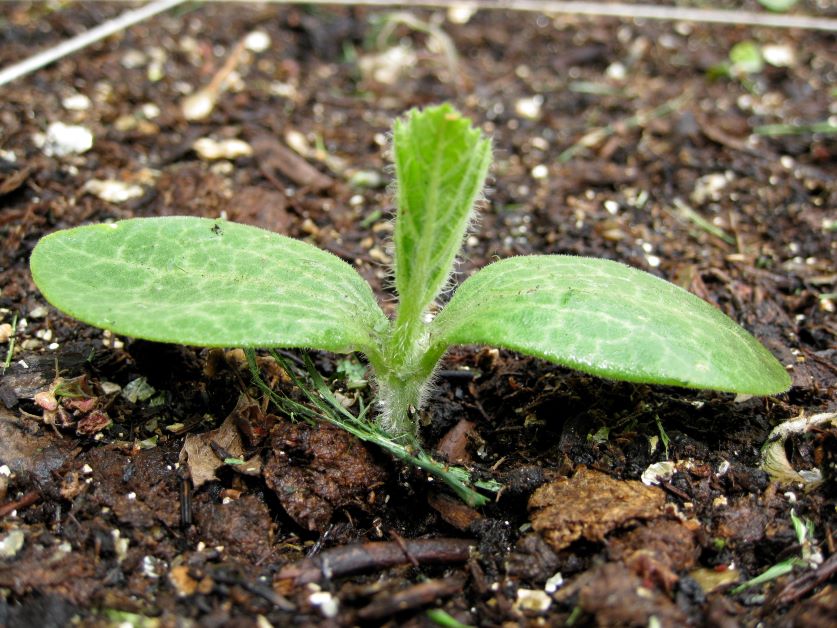
Is it better to start squash from seed or transplants?
Many say that it’s better to plant start squash from seed since their roots are so fragile. In a perfect world, this is good advice. In reality, there are many other challenges that come direct sowing. Squirrels, birds, and other mammals tend to dig up squash seeds and eat them. Harsh sunlight, freezing temperatures, and too much rain can also cause problems when direct sowing.
In my experience, you can transplant squash just fine as long as you time it right. Following the planting schedule for your USDA hardiness zone, giving your seedlings the proper care, and transplanting your seedling when it’s the right size will all increase your chances for success.
Squash transplanting tips
- Grow in peat pots. Using a peat pot to grow your seedling will allow you to pop the whole pot into the ground when you’re ready rather than disturbing your squash’s roots.
- Prepare your planting site. A few weeks before transplanting, use a pH meter to test your soil – most squashes prefer a soil pH between 6.0 and 6.5. This is also a good time to amend your soil with oak leaf compost. For best results, use a heavy rake or shovel to work the compost 6 inches into the soil.
- Dig your holes first. If you’re growing your seedlings in regular starter pots instead of peat pots, dig your planting holes before removing your seedlings. This will cut down on the amount of time their roots are exposed to the open air.
- Water well. It’s important to immediately water your seedlings after you transplant them…and don’t be stingy, either. Seedlings need a good amount of water. Otherwise, they could die of shock.
Squash plant pests
Squash vine borers
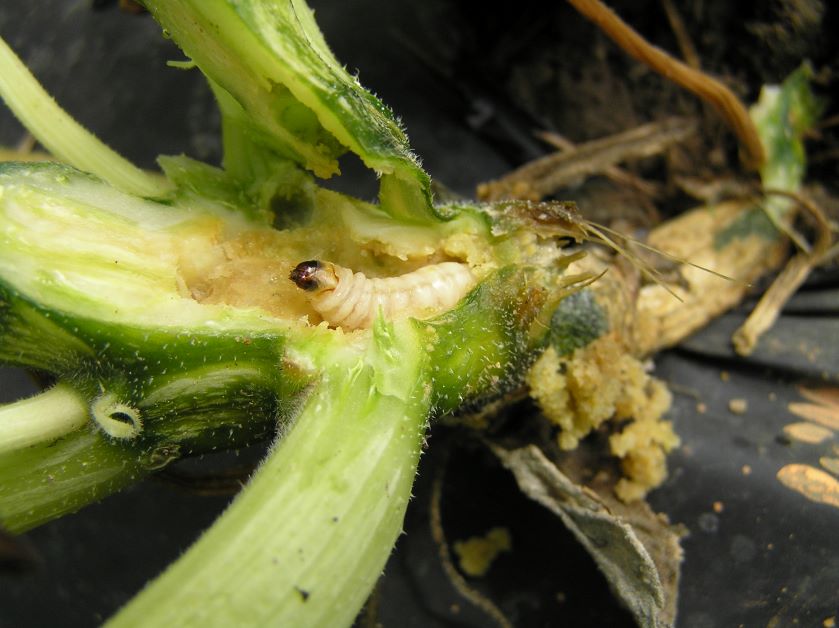
If your squash plant died overnight (or close to it), chances are good that you fell victim to a squash vine borer attack. Squash vine borers are moths and during their larval stage, they bore into squash vines for food. Check the very bottom of your squash vine (the part closest to the soil) for any holes or cracks. If you find a hole, then you know for sure that a vine borer is the reason for your wilting squash plant.
Some people say that they’ve had luck cutting out the portion of the stem containing the borer and then replanting the stem into the ground. I’ve never had this work for me. Unfortunately, once a vine borer gets inside the stem, your squash plant will almost certainly die.
Squash vine borer prevention tips:
- Wrap the bottom of your squash vine with tin foil. Putting a physical barrier around your squash vine will make it harder for the vine borer to get in.
- Check on your garden daily and manually remove any vine borer larvae you find.
- You may find bucket-style vine borer traps online, but it’s best that you avoid them. Although they are effective at catching vine borers, they also tend to catch bees and other pollinators, too.
- Spray your squash plants with Monterey b.T.. This organic, naturally-occurring bacteria kills caterpillars, including vine borer larvae. Just be sure to keep it away from milkweed, passionflower vine, and other butterfly host plants. Just like a vine borer caterpillar, butterfly caterpillars also die after coming into contact with b.T.
Root-knot nematodes
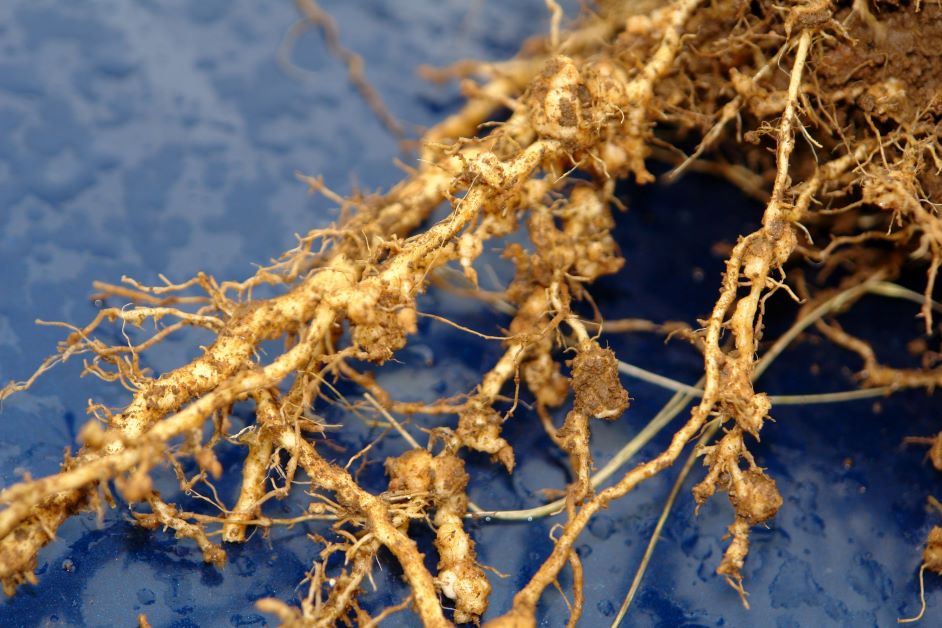
One of the worst pests to have in the garden are root-knot nematodes. Root-knot nematodes are microscopic worms that feed on the roots of your plants. Because they live and feed underground, it’s hard to know if you have a nematode problem until it’s too late. Some signs of a root-knot nematode infestation are wilting plants with malformed fruit for no obvious reason. It may look like your plant needs water because the leaves are limp, but giving it more water doesn’t help. If your plant looks sickly although you’re following care instructions and you don’t see any other pests, then you may have root-knot nematodes.
The only way to confirm a root-knot nematode problem is to rip up your plant and inspect its roots. If you see small, lumpy, ball-like growths, then you have root-knot nematodes.
Root-knot nematodes are hard to get rid of. There are some chemical treatments available, but they work better as prevention than they do treatment. The only way to truly get rid of root-knot nematodes is solarizing your soil. Unfortunately, this is a scorched earth approach and requires that you destroy your crops.
Practicing crop rotation is a good way to prevent root-knot nematodes. Never plant squash in the same spot season after season.
Squash bugs
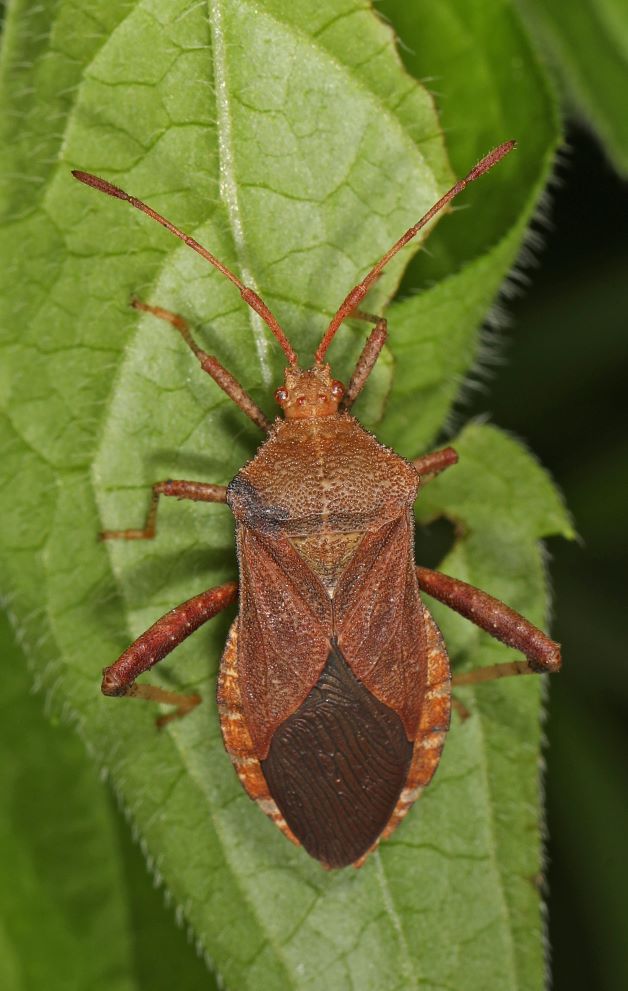
As the name implies, squash bugs are a pest that targets squash and other cucurbits. They use their mouthparts to pierce the leaves and stems of your plant and suck out your plants’ nutrients. A severe squash bug infestation will cause wilting and yellowing leaves and eventually, plant death.
Squash bugs are hard-bodied insects and immune to most pesticides. The best way to get rid of squash bugs is to pick them off by hand.
Featured image photo credit: John S. Quarterman

